
Enjoy Sports And Genocide: An Analysis Of VK Groups Consumption Among Russians
Executive Summary
{{margin-small}}
This Report draws a comprehensive look on Russian society clusters: their demographic characteristics, foreign language proficiency, religiosity and usage of VK (Vkontakte): the most popular social media platform in Russia, with over three-quarters of the online population aged 16 to 64 using it in the third quarter of 2022.
- Hawks and Loyalists gather in news and political groups, as well as sport related groups, while others prefer humor and movie entertainment groups. VK is seen as a recreational platform, and skeptics know it is risky to express their views on Russian authorities.
- War supporters tend to be older and more likely to be married compared to those who are undecided or oppose the war, which is consistent with previous research showing that those in favor of war tend to be older.
- Gender distribution is even across most groups, but women outnumber men two to one in the Uncertain group. Women may be more cautious about military activities, possibly due to concern for loved ones.
- Opponents of war are more proficient in foreign languages than supporters of war.
- Majority of staunch war opponents (around two-thirds) are non-religious, indicating individualistic and liberal attitudes.
{{margin-big}}
Sampling and Methodology
{{margin-small}}
Respondents were recruited online and asked to answer a series of questions.
The sample was stratified by sex and age into equal groups (18-30, 31-44, 45-60 years). After cleaning the data and excluding incomplete responses, 895 respondents were included (438 men and 457 women), with a mean age of 37.52 and a standard deviation of 11.47.
To determine which cluster of Russian society, based on their war attitudes, respondents belong to, they read three generalized descriptions of different clusters. They then chose the one that suited them best. If the same cluster was chosen at least twice, respondents were assigned to that cluster. Only 5.8% of respondents chose descriptions from different clusters all three times.
Cluster 1. Hawks (14.2%). Believe that Russia is moving in the right direction, support the war against Ukraine, identify themselves with Russia and Russians, believe in themselves and their group, have low stress levels, and are psychologically well.
Cluster 2. Loyalists (49.2%). They believe that Russia is moving in the right direction, support the war against Ukraine, identify themselves with Russia and the Russians, and believe in their strength and their group, but to a much lesser extent than the hawks. The level of stress is average for the sample. They also have a high level of authoritarian obedience.
Cluster 3. Poor liberals (10.4%). In their opinion, Russia is moving in a catastrophic direction. They oppose the war, and do not identify themselves with Russia and Russians. They do not believe in their own strength and in the strength of the group to change the course of events. The level of stress is the highest in the sample, and the indicators of psychological, emotional, and even social well-being are the lowest.
Cluster 4. Uncertain (14.7%). They have average rates of support for the war in the sample, they are not sure if Russia is moving in the right or wrong direction, but they have the same level of psychological suffering as those Poor Liberals.
Cluster 5. Moderate Liberals (11.5%). Oppose the war against Ukraine, but not as clearly as the Poor Liberals group. They’re also more prosperous and older than the latter.
{{margin-big}}
Key Findings
{{margin-small}}
Demographic differences by cluster
{{margin-small}}
The data shows a statistically significant difference by age among clusters (p < 0.001): supporters of the war are typically much older than both those who are undecided and those who oppose the war. These findings align with previous research indicating that individuals who are against war tend to be younger than those in favor of it.
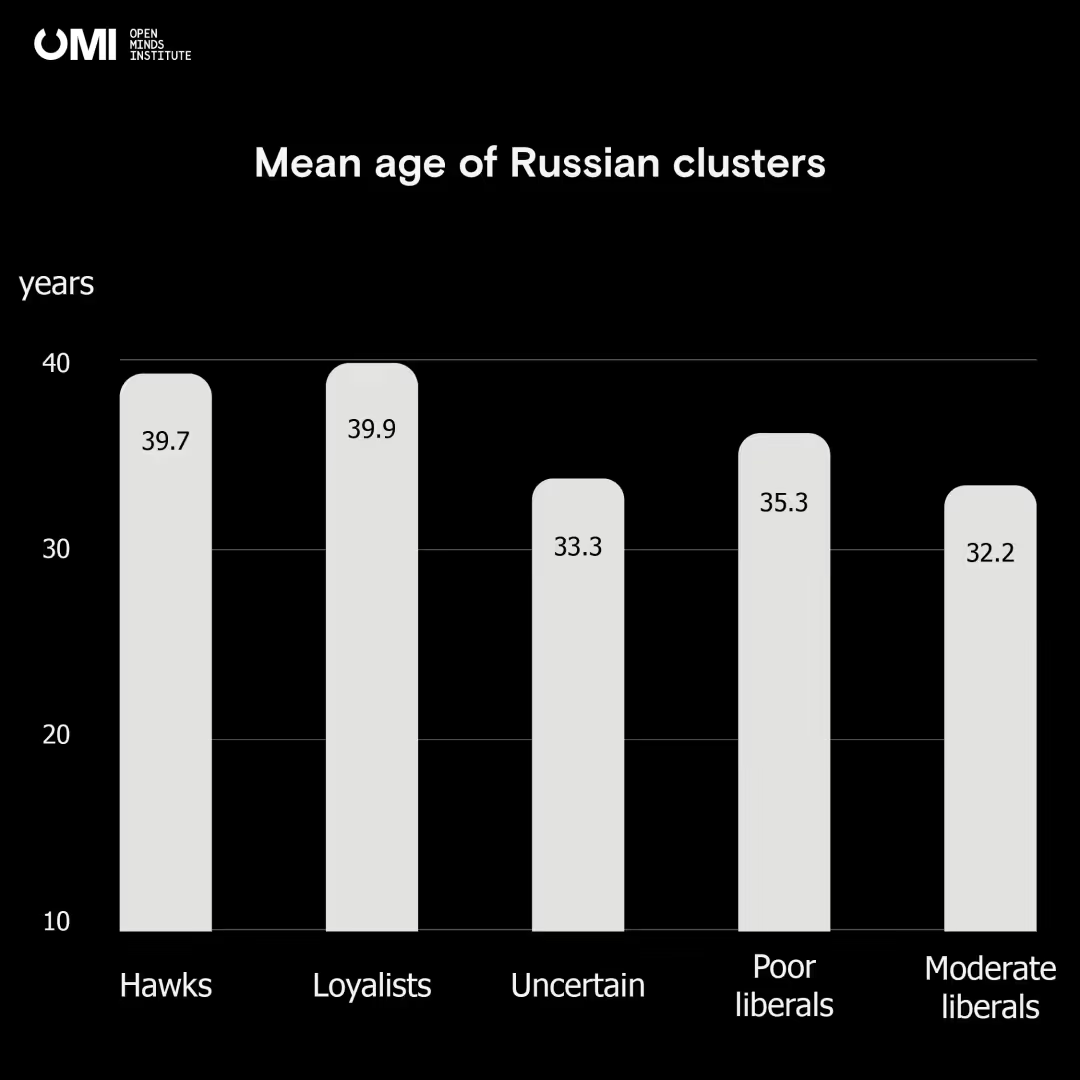
The gender distribution is roughly even in all study groups, with the exception of the Uncertain group. In the Uncertain group, two-thirds of the participants are women, while only one-third are men.
The statement suggests that the observation of women being less likely to support war can be explained by their tendency to approach military activities with a sense of wariness and concern, possibly due to the fear of their loved ones being harmed. It's worth noting that while these may be contributing factors, they are generalizations and don't necessarily apply to everyone.
Individuals who support war are significantly more likely to report being married compared to those in other groups. This may be due to differences in age, as younger individuals are generally less likely to be married.
While there are no significant differences in religiosity across all groups, pairwise comparisons reveal substantial standardized differences between the groups of war supporters and their opponents or those who are uncertain. Specifically, the standardized differences, measured using Cohen's d, range from 0.39 to 0.86.
Religious fervor is scarce among war opponents: majority of them, around two-thirds, are non-religious, indicating their individualistic and liberal attitudes. While Orthodox Christianity prevails amont Hawks and Loyalists, it is noteworthy that Orthodoxy in Russia functions more as a cultural and political identifier rather than a reflection of religious piety or deep-seated beliefs.
As a secular state, religiosity in Russia often differs between Christians and Muslims, with the latter being typically more religious than secularized Christians.
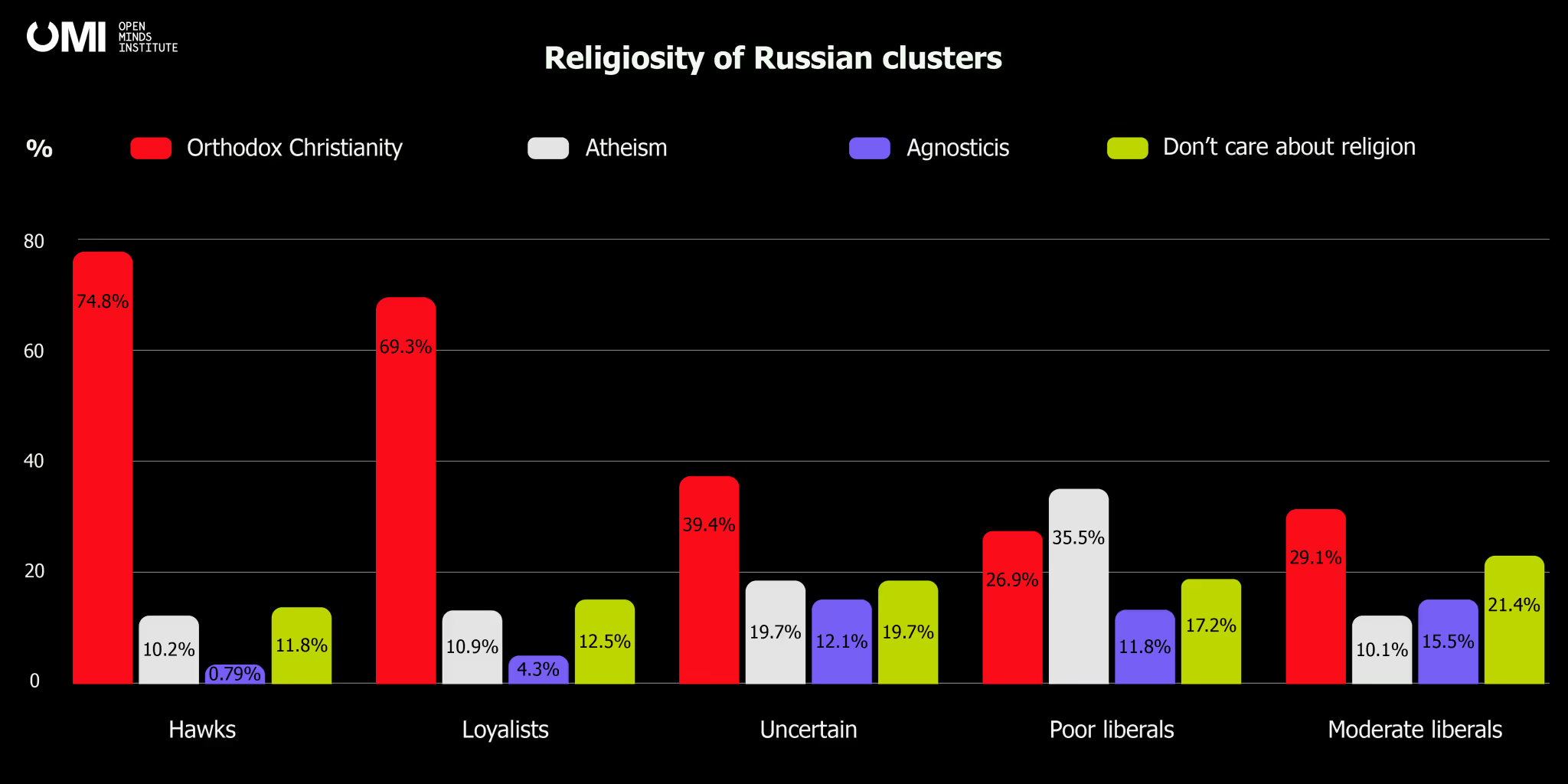
The majority of respondents in all groups speak English, preferring it to other foreign languages. Those who oppose war demonstrate superior foreign language abilities compared to their war-supporting counterparts. Competence in languages denotes a higher level of education, which may not always be formal.
The Loyalists' inclination towards German fluency is likely due to the fact that older individuals obtained their education during the USSR period, during which German was equally, if not more frequently, taught in schools than English. Additionally, a significant proportion of respondents possess knowledge of Ukrainian, which can be attributed to the cultural and economic connections between Ukraine and Russia in the past.
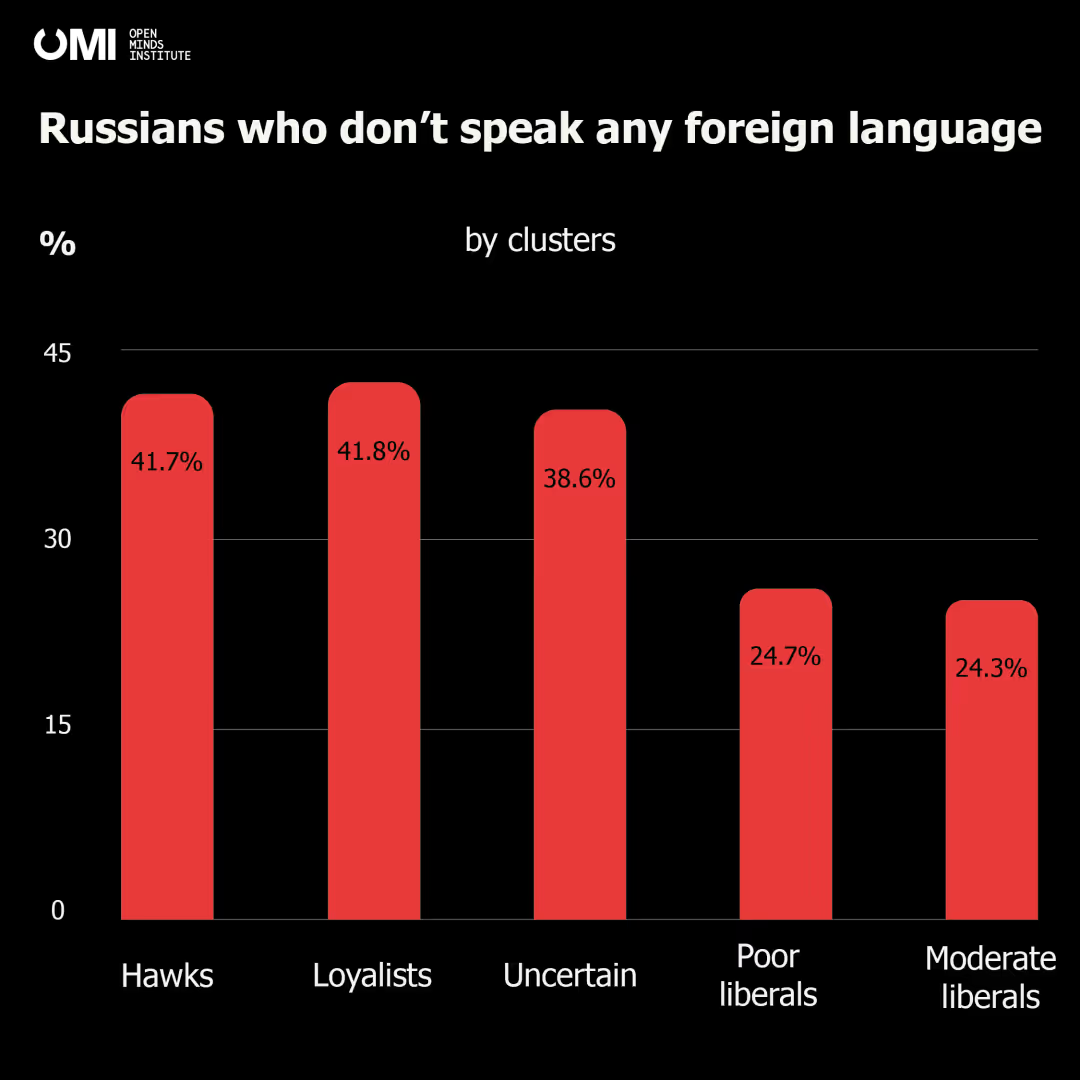
{{margin-big}}
Consumption of VK social media groups by cluster
{{margin-small}}
The consumption of groups on VK clearly divides the sample into two main groups, with two pro-war clusters differing from two anti-war clusters and the Uncertain group.
Hawks and Loyalists tend to congregate in news and political groups, where the official narratives of the Russian authorities are echoed, as well as in groups dedicated to sport. Conversely, members of the Poor Liberal group tend to prefer entertainment groups that revolve around humor and movies. It appears that they use VK for recreational purposes. Those who hold skeptical views towards the Russian authorities are well aware that VK is a risky platform for expressing their own opinions.
In our study, we used top 50 most popular VK groups and asked respondents whether they are subscribed to them. Here are some examples of groups where Hawks predominate among subscribers compared to other clusters:
- “Armija Z / Novosti SVO” - news on the “Special Military Operation” in Ukraine with a distinct pro-war tone of voice;
- “NOVOSTI SVERHDERZHAVY!” - news of the “superpower” (Russia);
- “Chernyj kvadrat. Bescenzurnye novosti” - trash-news (mostly from Russia) channel with the pro-war tone of voice;
- “S mesta sobytija” - pro-war world news channel;
- “Novosti RT na russkom” - news on Russia and the world dedicated mostly to the “Special Military Operation” in Ukraine with a distinct pro-war tone of voice;
{{margin-small}}
And here are the groups where there are more Poor Liberals than any other cluster among subscribers:
- “1000 bltq! Semejnyj zhurnal” - posts on house construction, repair and decoration;
- “Oru s lenty novostej” - memes about the news and neutral entertainment posts;
- “VPSh” - dedicated to the Russian Youtube and related (celebrities, bloggers, etc);
- “Netflix: Uenzdej” - dedicated to the Netflix series.
{{margin-big}}
Conslusions
{{margin-small}}
VK group consumption clearly divides users into two main groups, with pro-war clusters often found in the news, political and sport groups, while entertainment groups are preferred by war opponents and uncertain ones. Supporters of war are typically older and more likely to be married. Women make up two-thirds of the Uncertain group, possibly due to a greater tendency towards caution and concern about loved ones being harmed.
The majority of war opponents are non-religious, which is caused by their individualistic and liberal attitudes, while Orthodoxy in Russia serves as a cultural and political marker rather than a reflection of religious piety or deep-seated beliefs. English is the preferred foreign language across all groups, with war opponents showing better proficiency in foreign languages than supporters of war.

.svg)





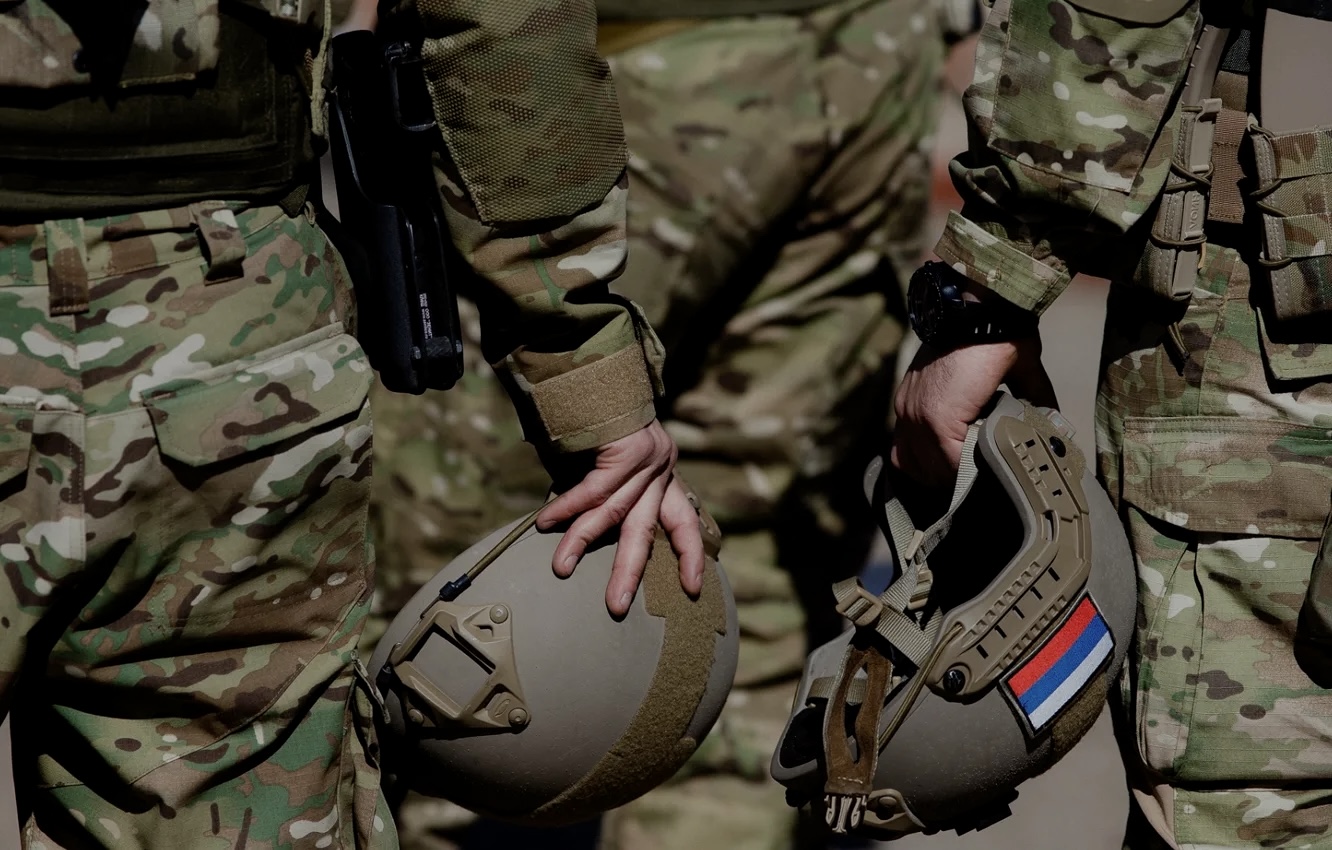

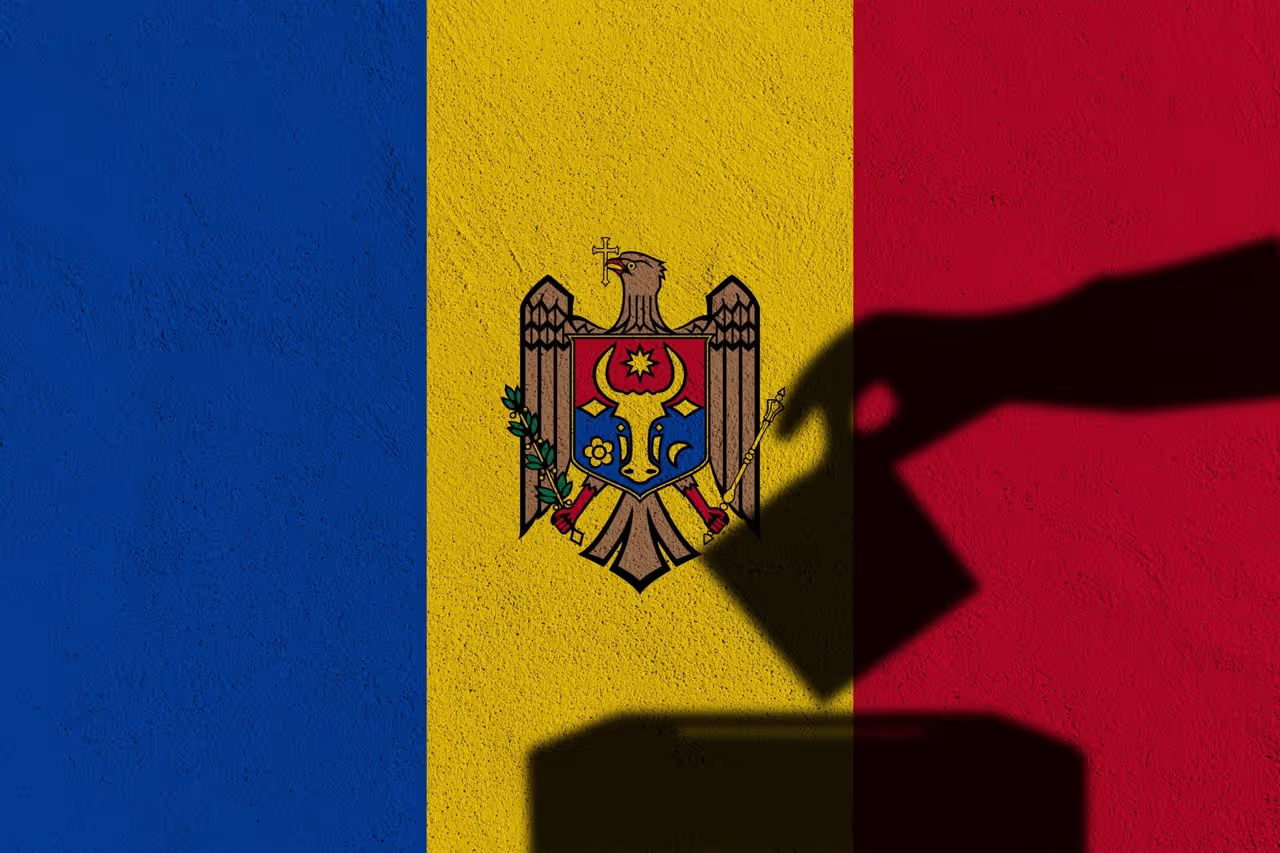
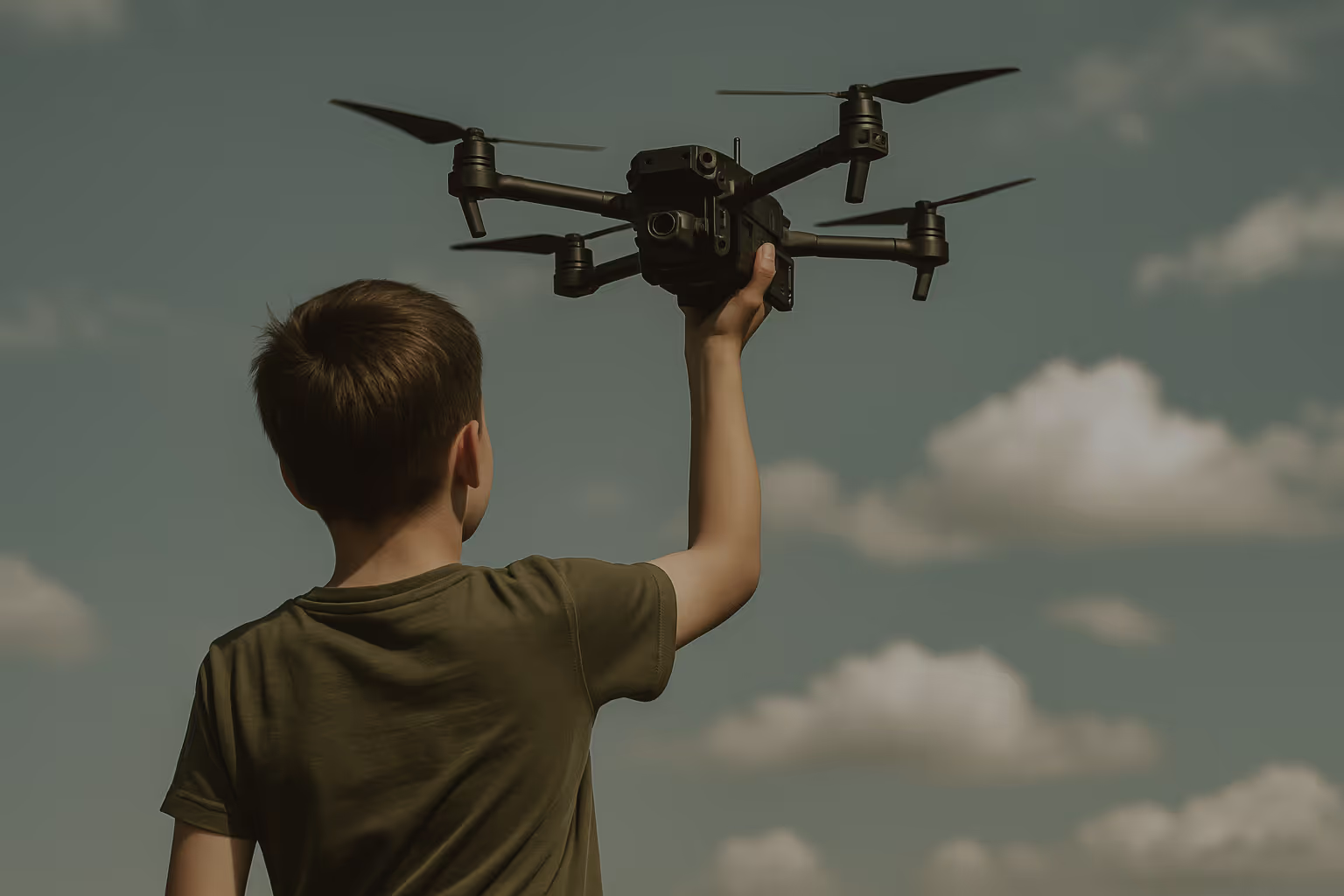
.avif)


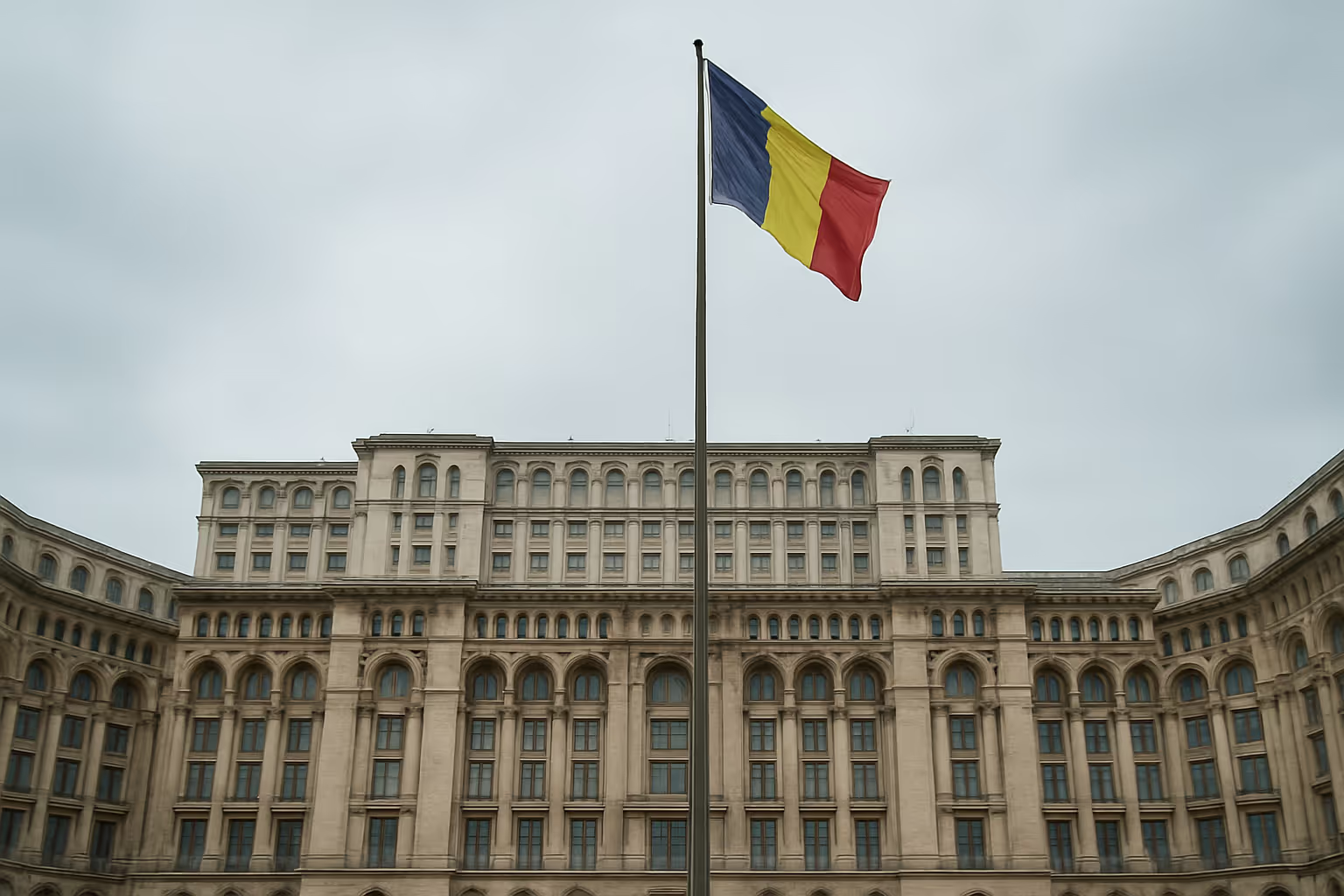

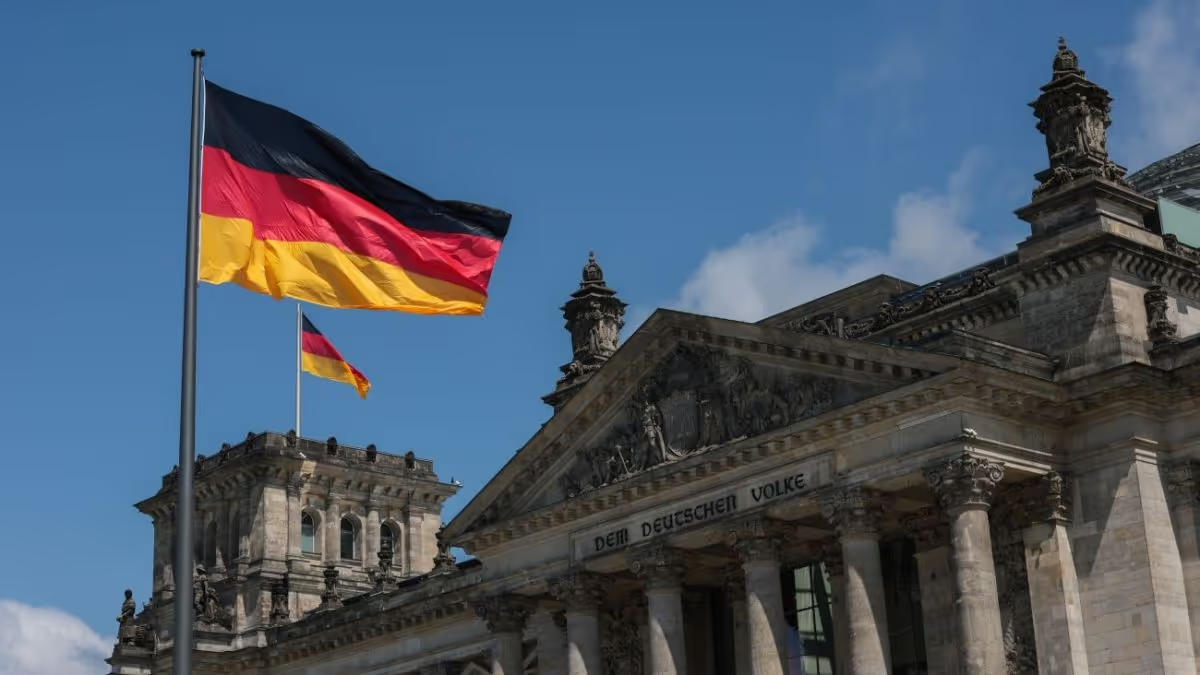

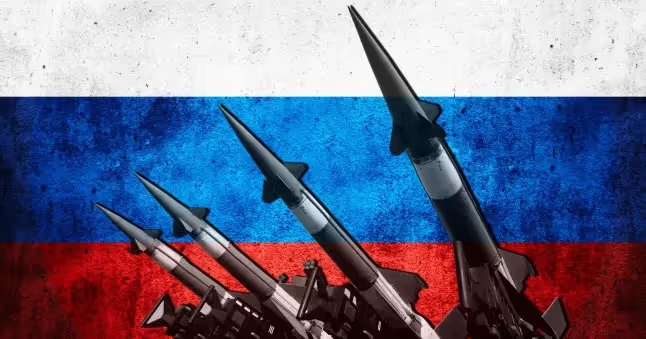
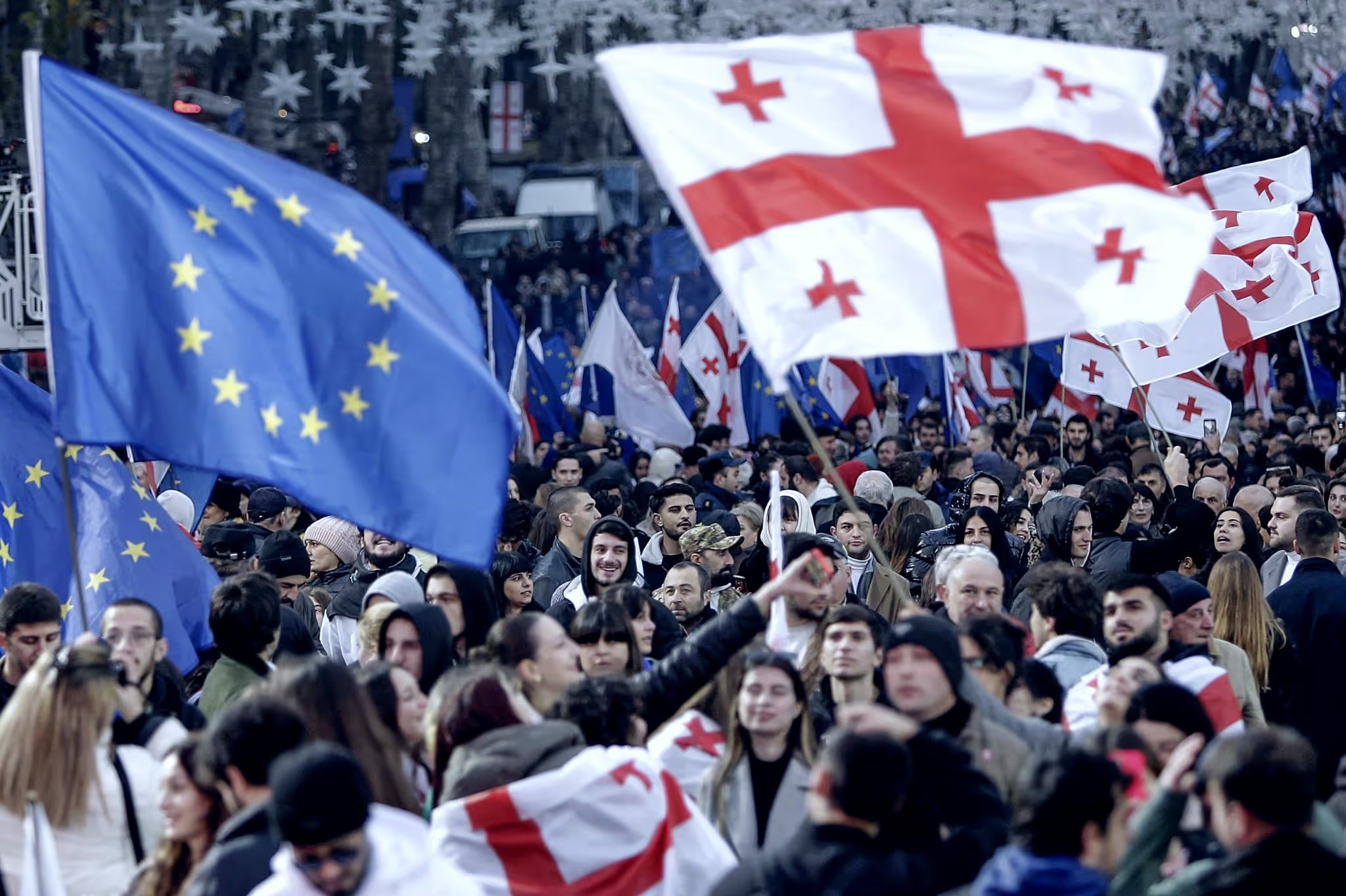
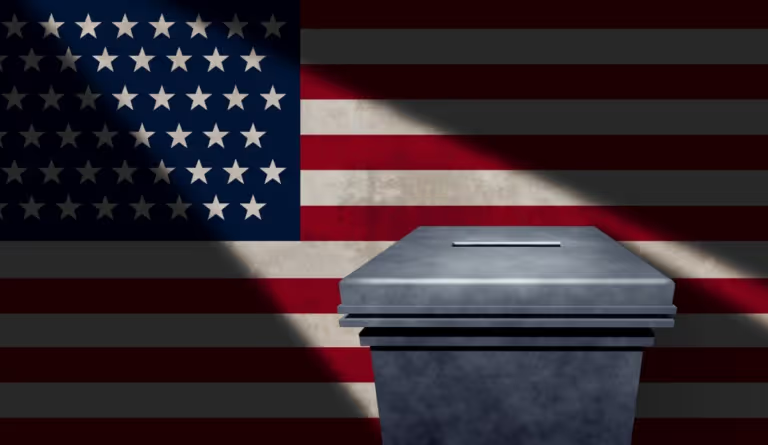



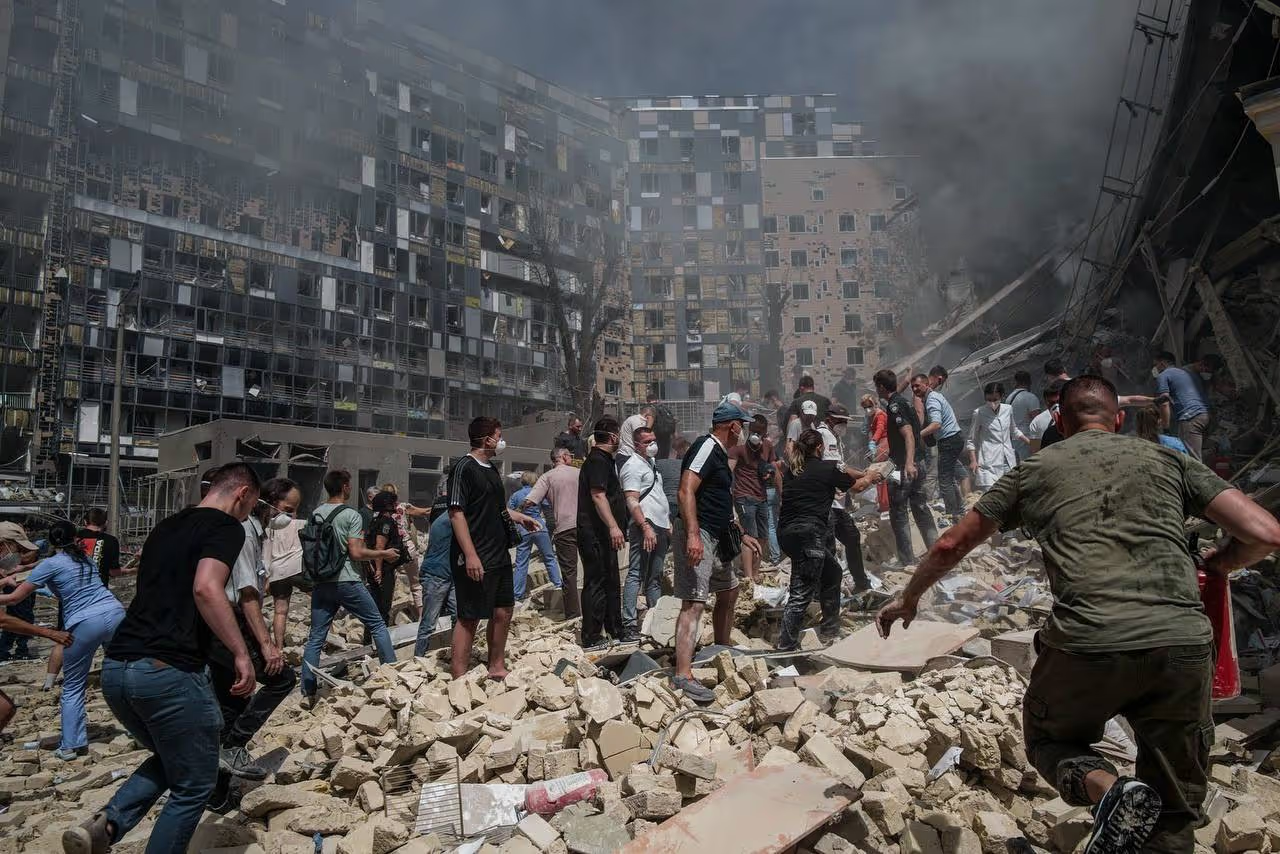


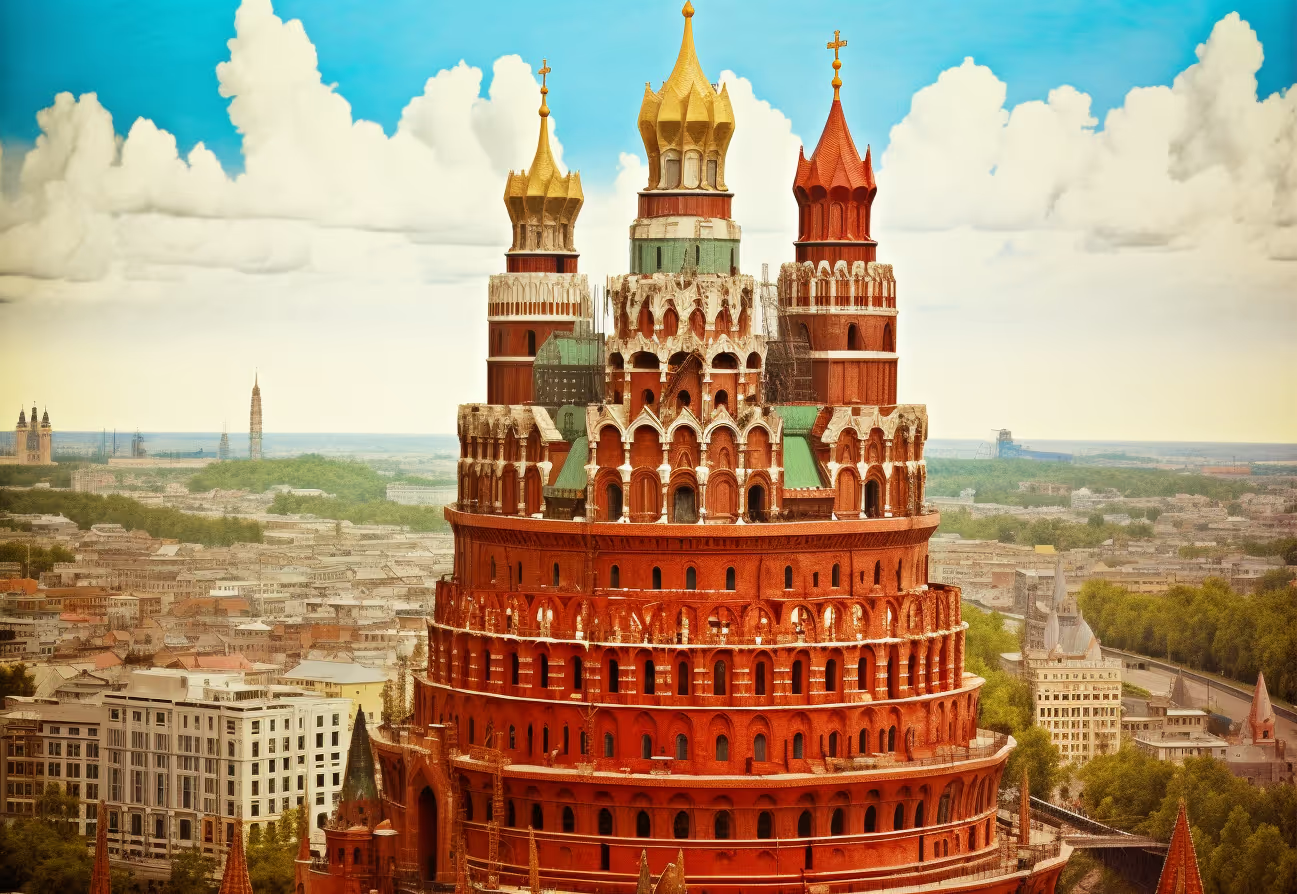
.avif)

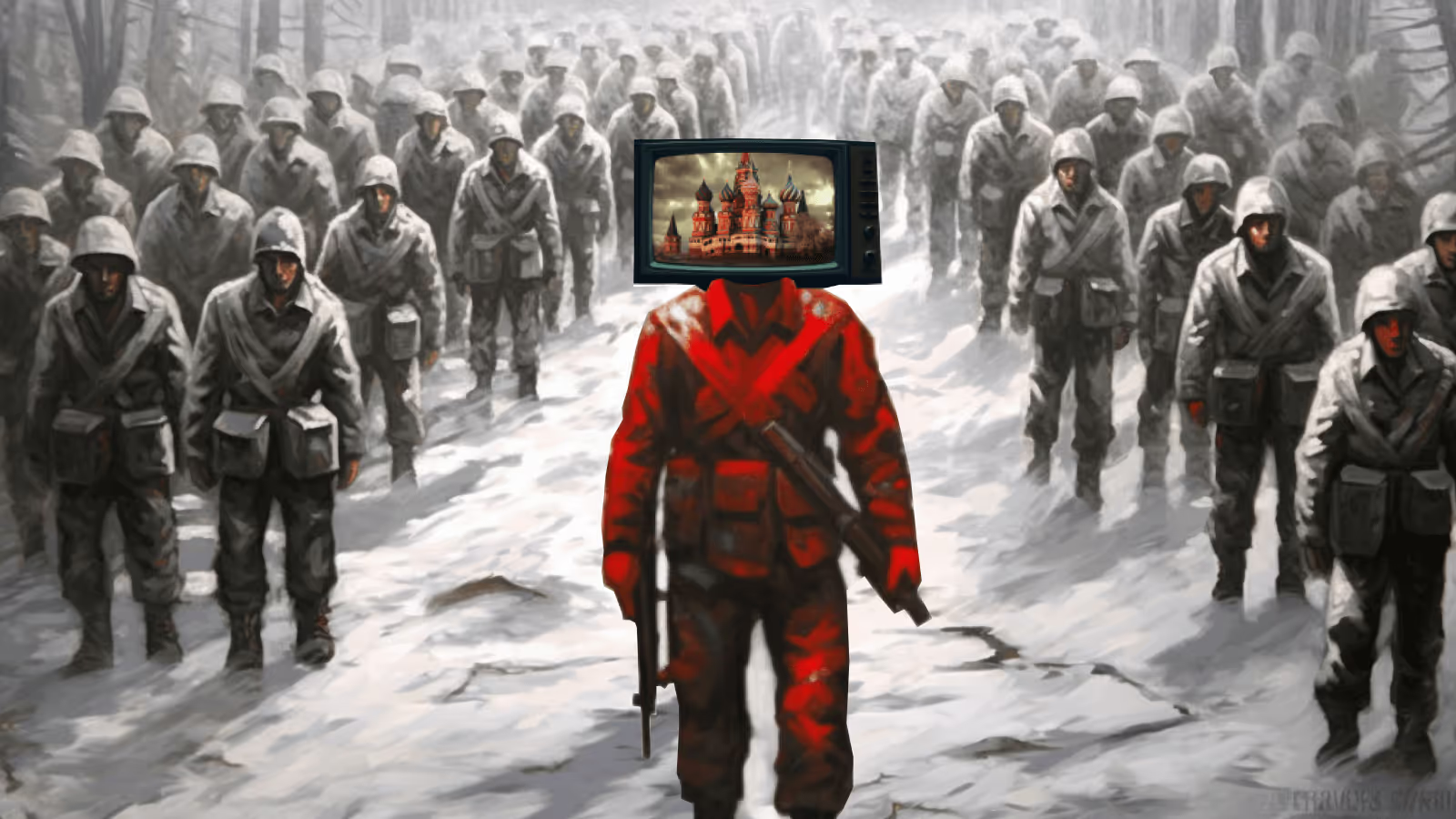
.avif)

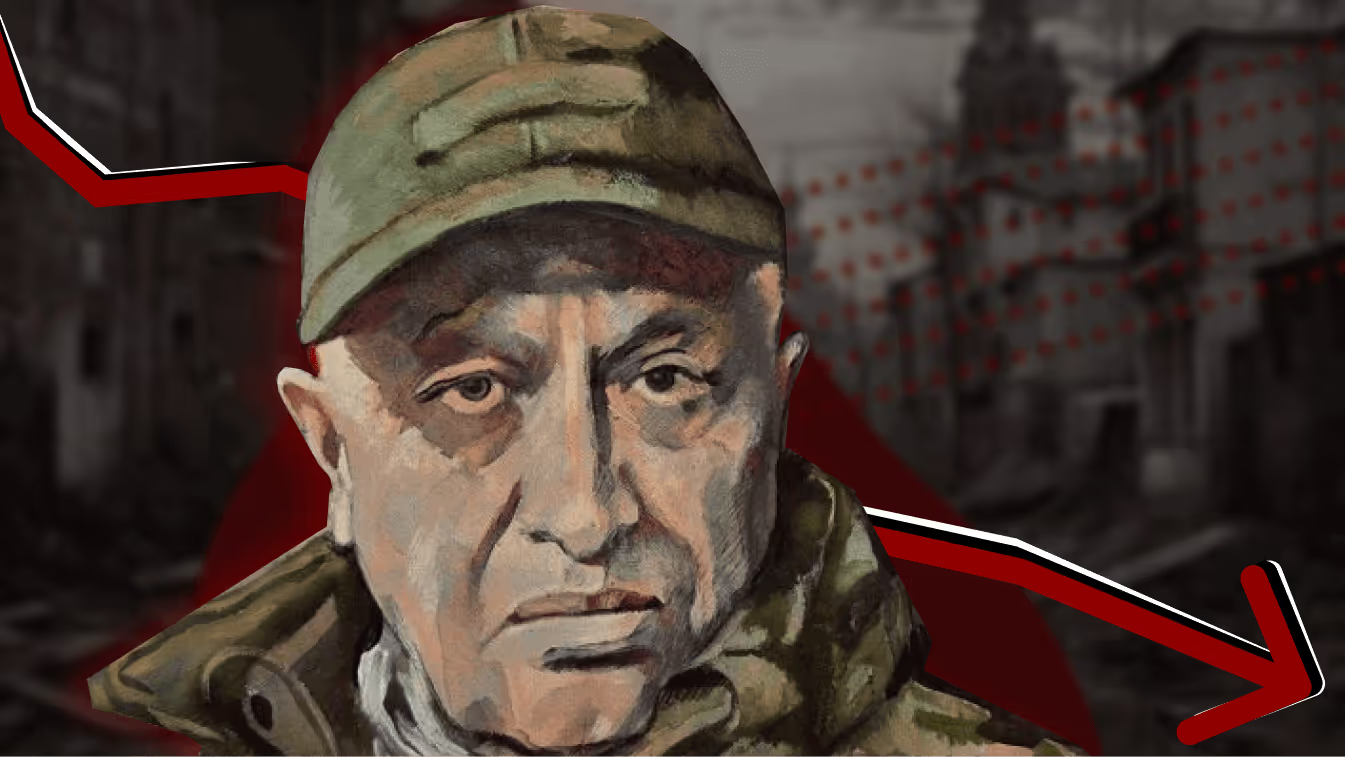
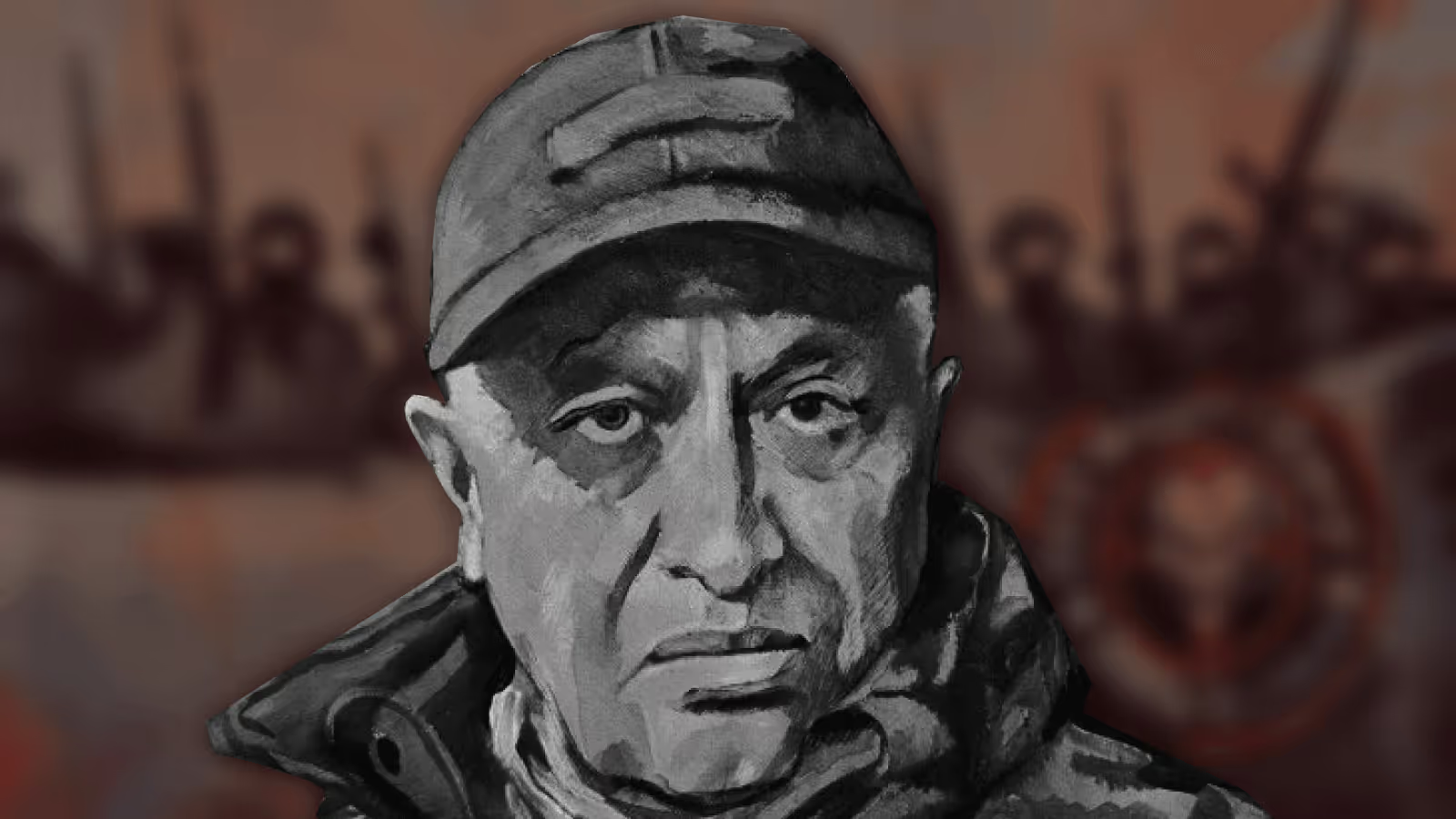
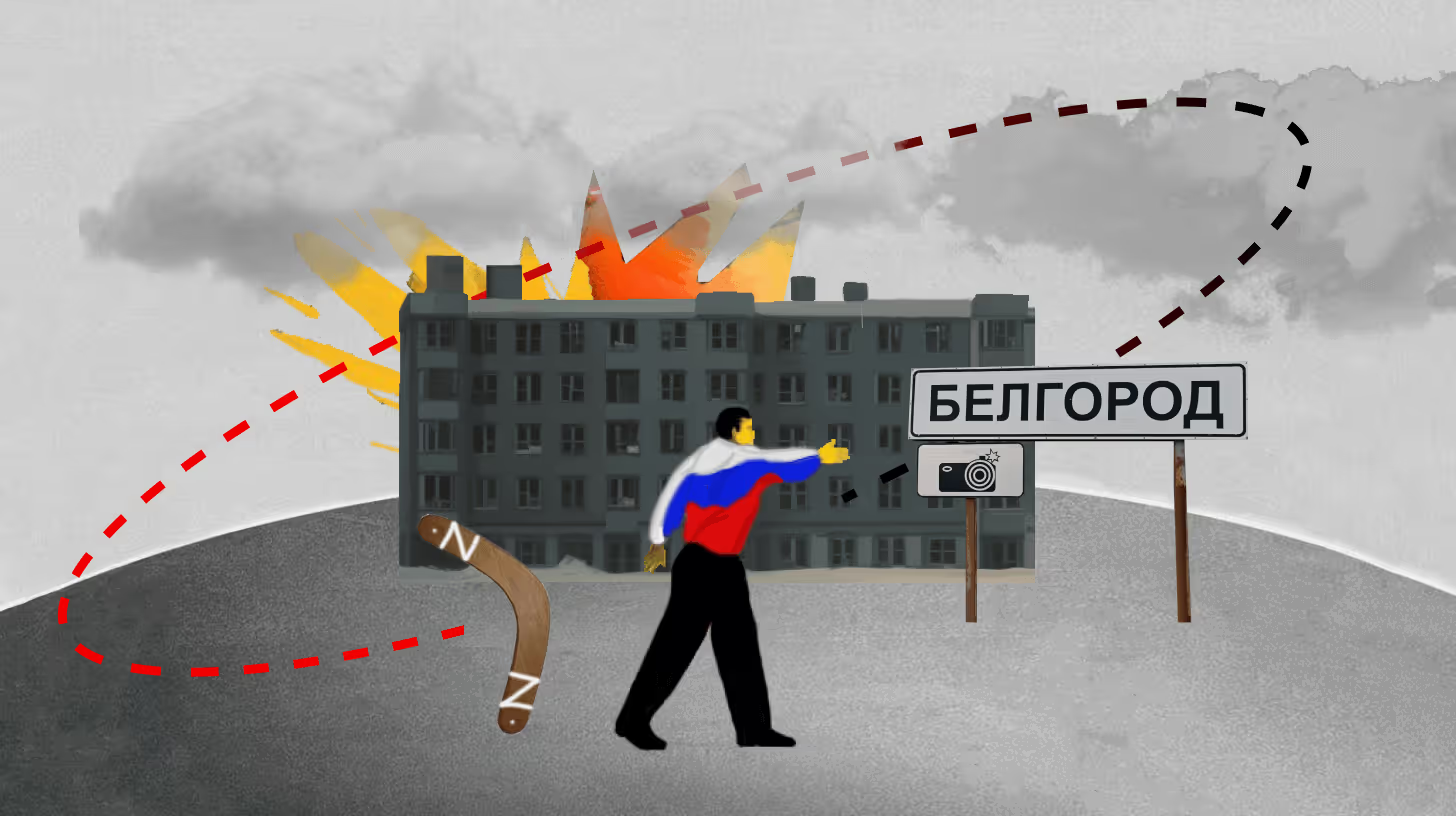
.avif)
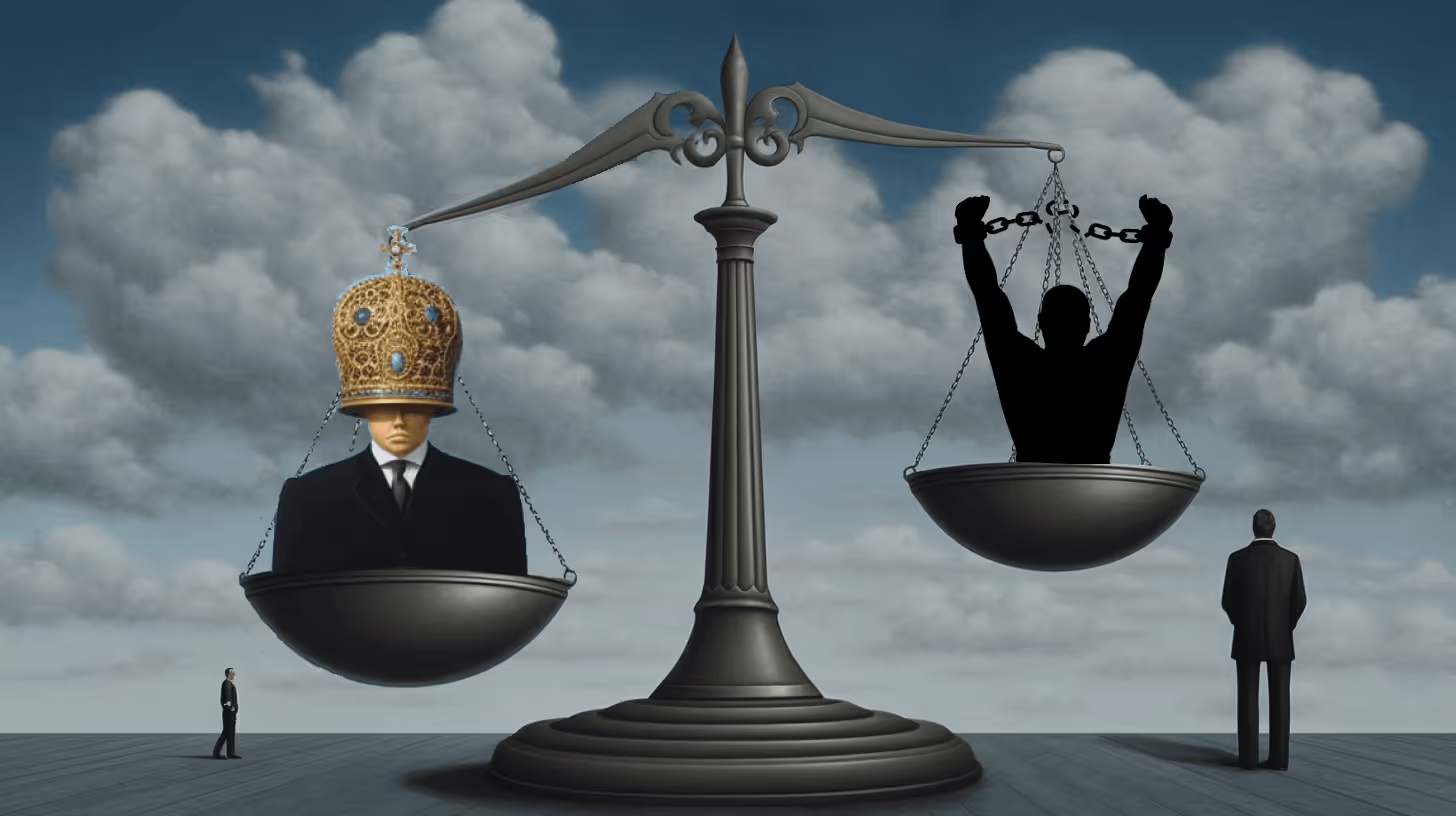
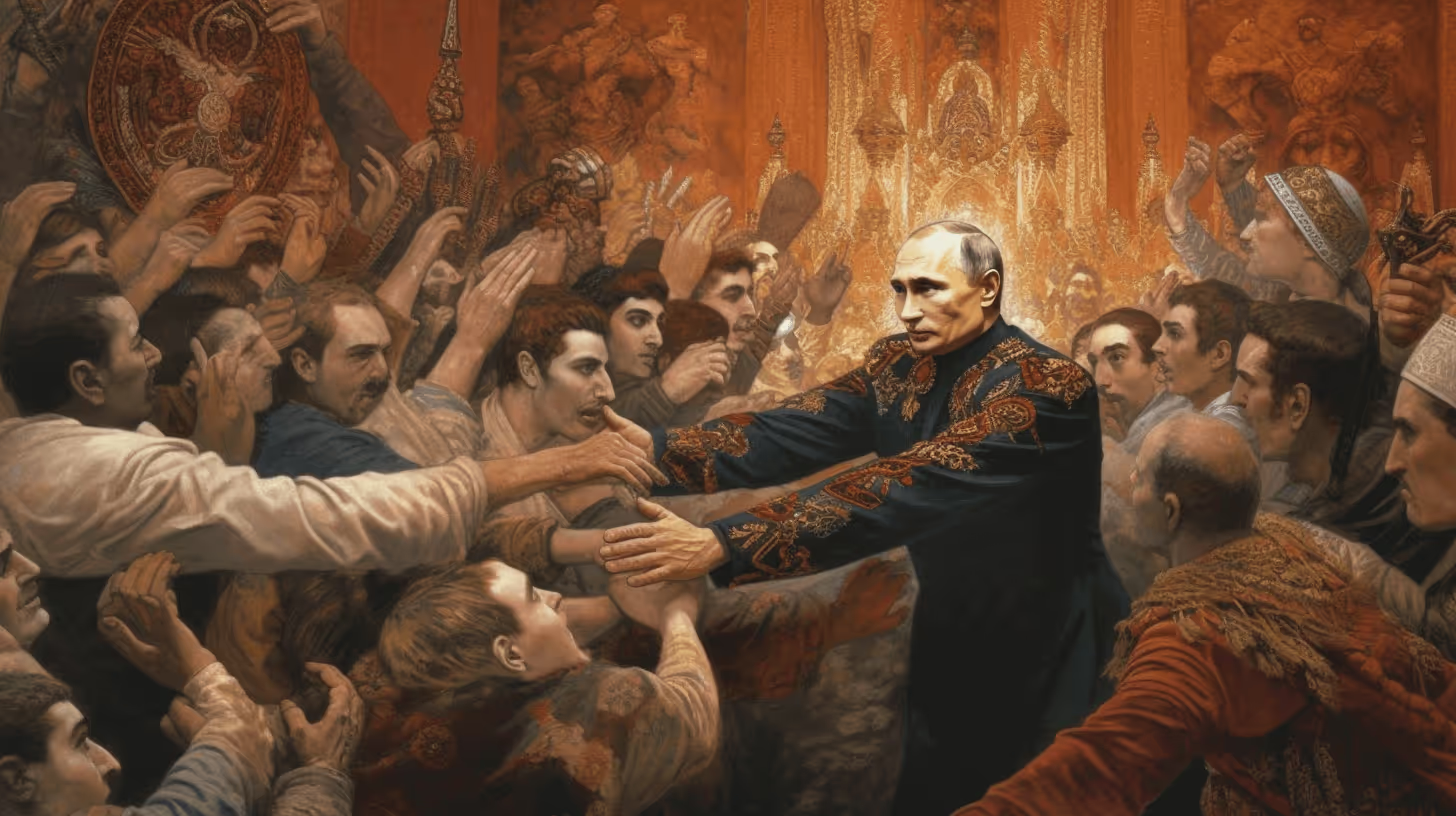
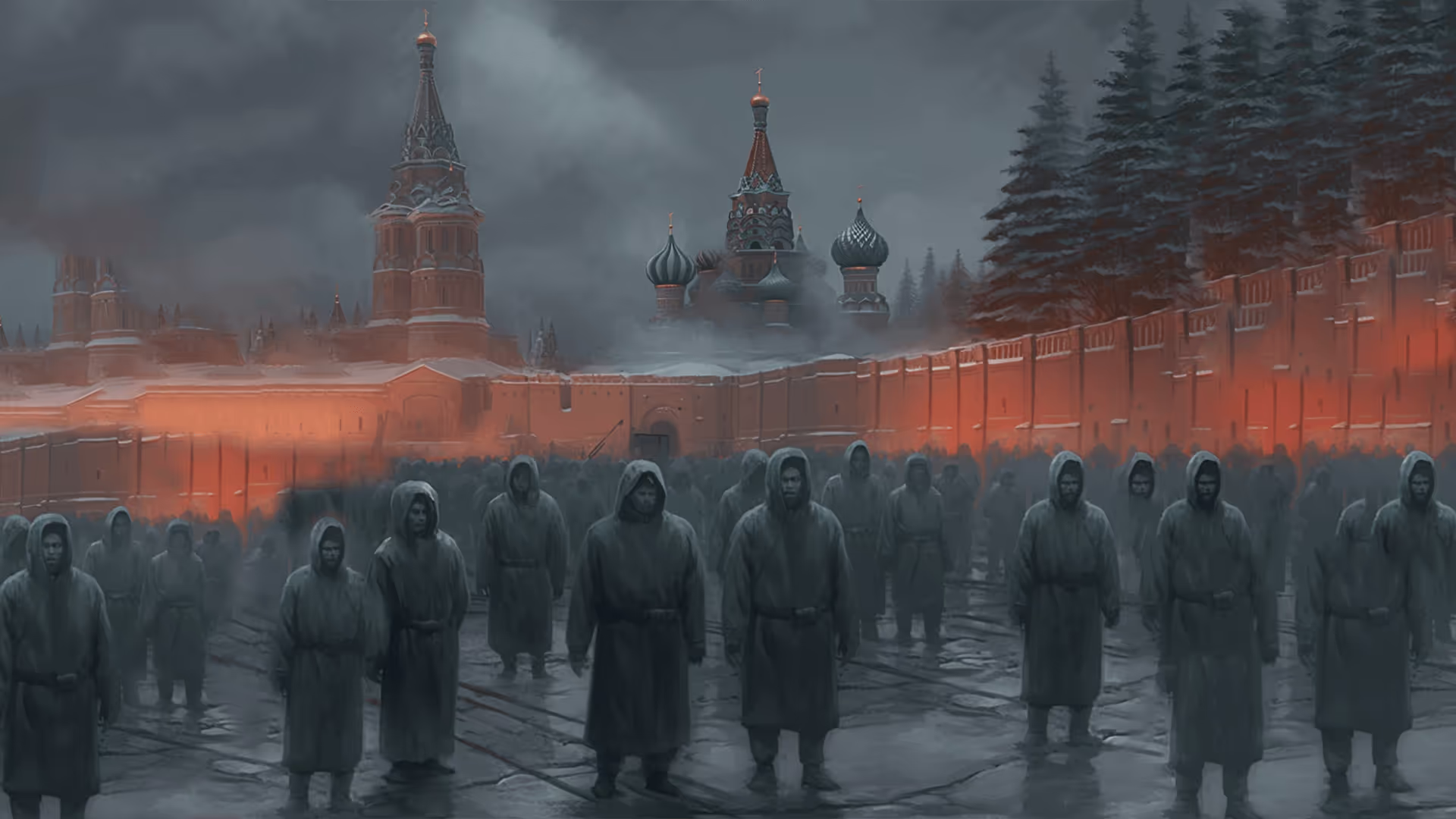
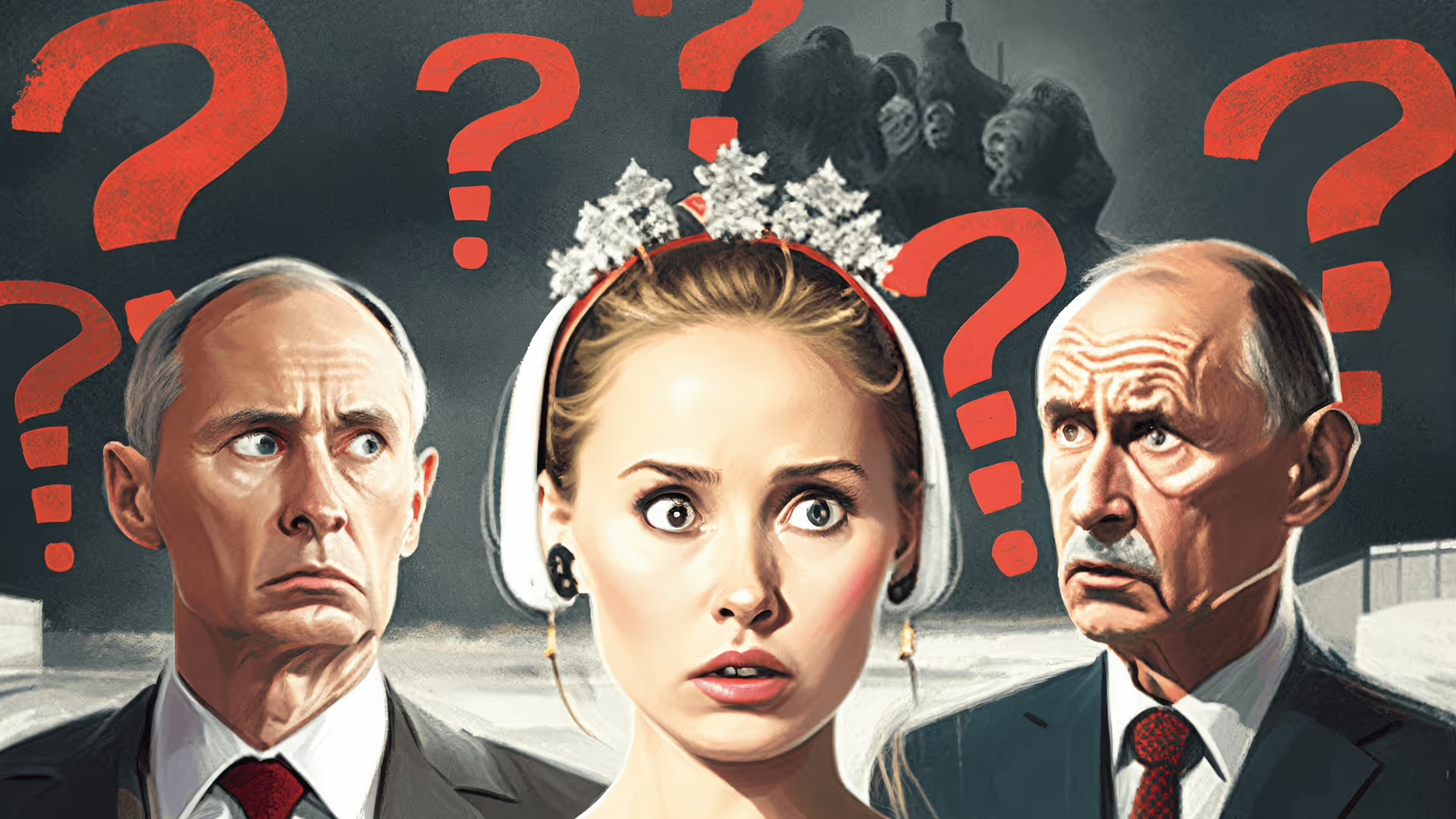
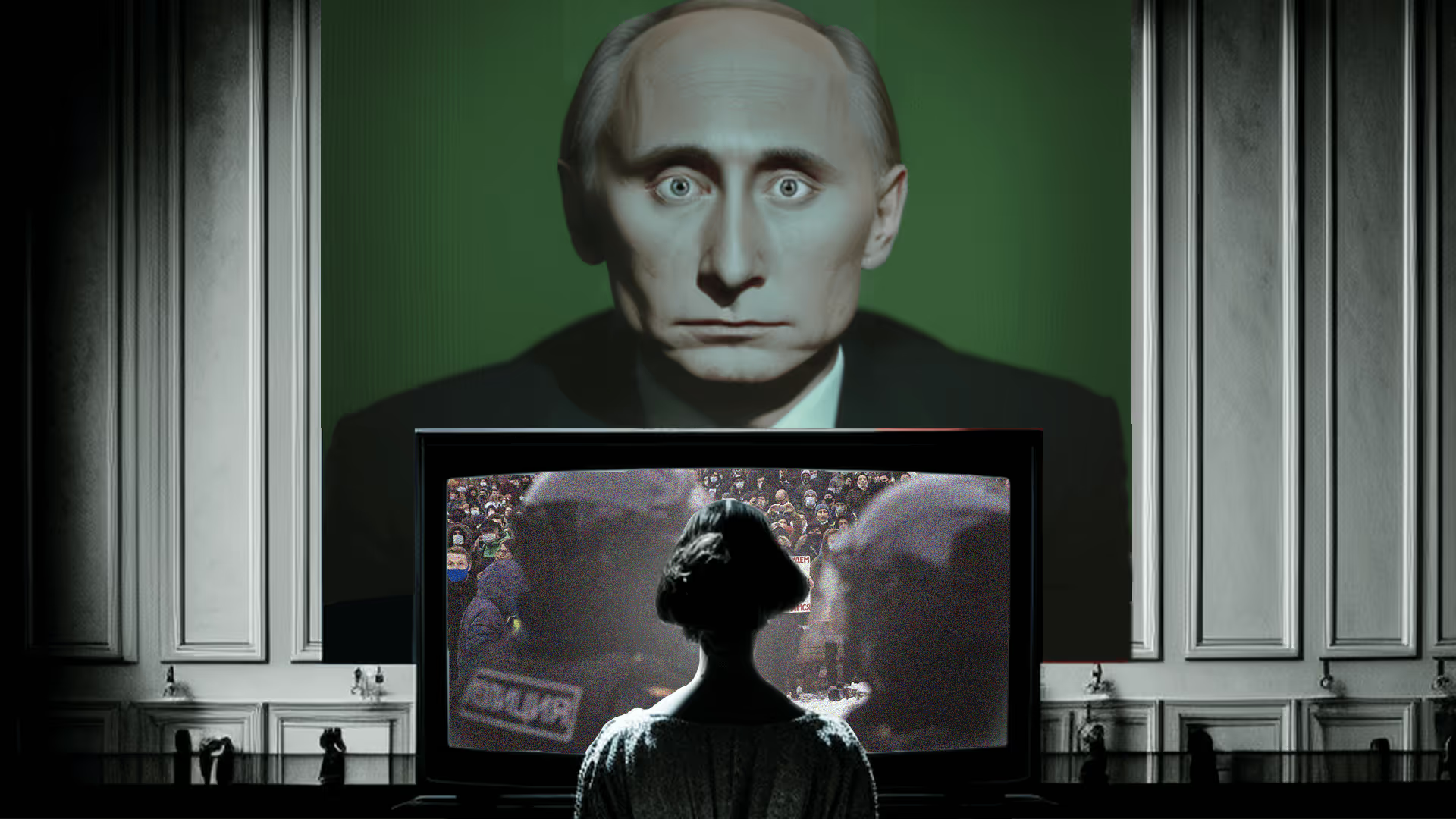



-01-2.avif)
-01.avif)

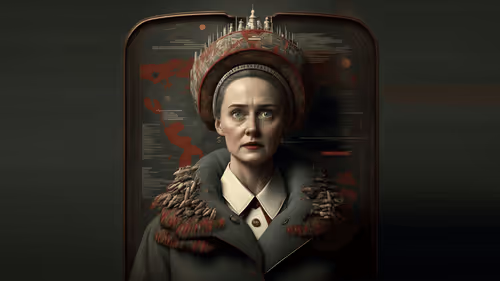


-01%25202-p-500.avif)







